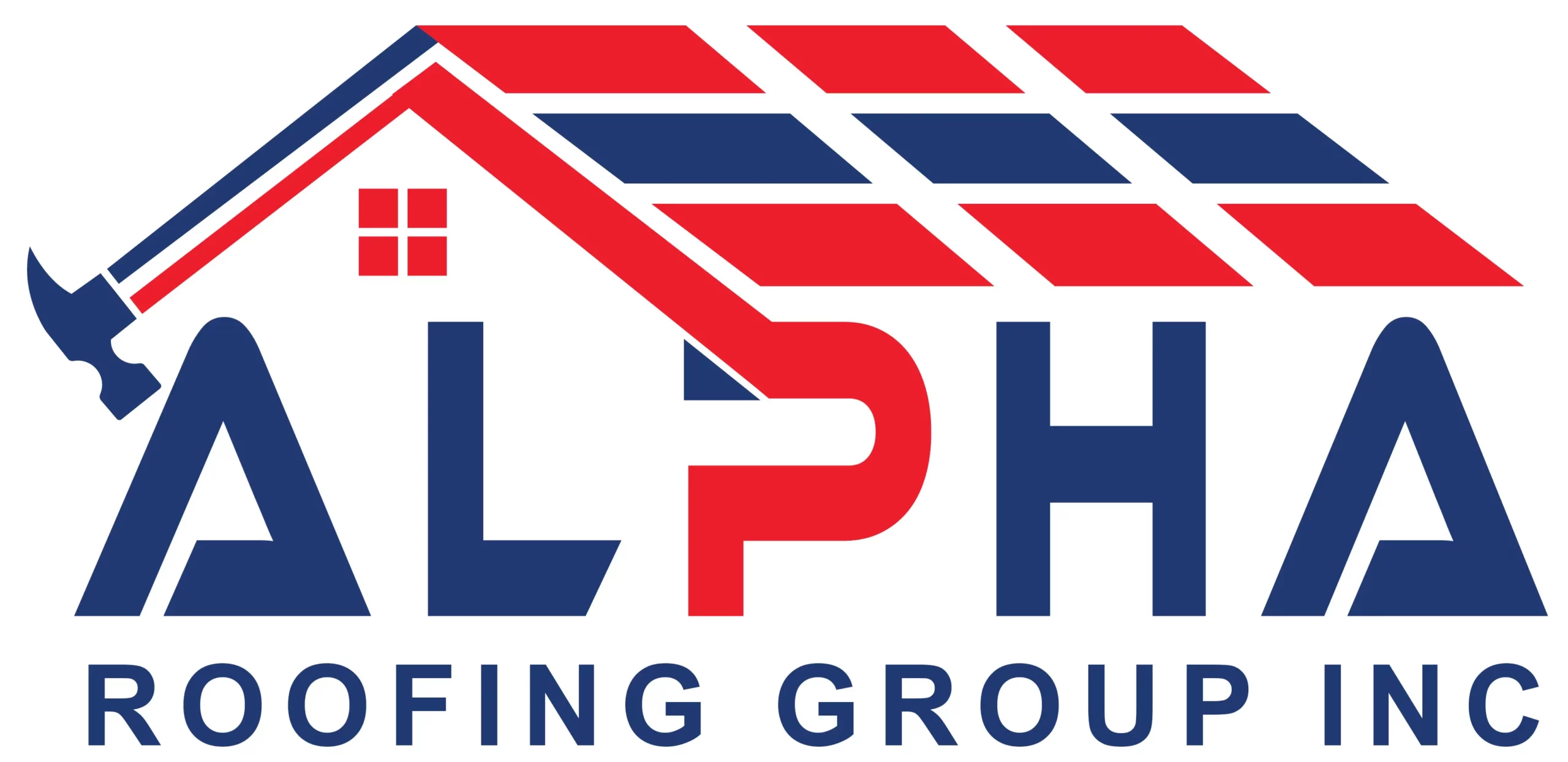Commence Operation ‘Drip Stop’: Understanding Roof Leaks
Before we dive into the realm of the DIY roof leak repair services, let’s clear the air, or rather, dry the roof! The National Roofing Contractors Association pinpoints roof leaks as a prevalent issue faced by almost 70% homeowners. Water wrecks – it ranks second on the home insurance claim chart in the U.S. (Insurance Information Institute). To tackle this issue head-on, it’s suggested by experts to conduct roof inspections twice a year. A well-maintained roof is the key to a leak-free living. So, unraveled for you here is the Alpha Roofing’s unique guide to halting the drip and doling out DIY home repairs like a pro!
Prep Talk for Leak Repair
Roof damage prevention is as important as repairing the problem itself. It is always better to be dry than to be drenched, isn’t it? Before rappelling down the DIY roofing solutions, mug up on the essential know-how. Understand your roof and its damage-prone zones, and equip yourself with the essential repairing tools. Browse through a roofing material guide if you’re dealing with leaks for the first time. This will help you to get a better understanding of your work canvas.
Show and Tell: Becoming a Leak Detective
Every DIY roof repair starts with a feature presentation: leak detection. Some leaks leave a tell-tale trail, while others play the game of hide and seek. Start your investigation by tracing the water trail. Look for dark spots or water stains on the roof. Take your search to the attic and inspect the insulation for dampness. The mantra here is: find the leak at all costs. With the culprit found, you are half-way towards mending your way to a dry haven.
Rolling Up the Sleeves: DIY Roof Leak Repair
Step One: Dry Me a River
Power through the DIY roof repair by mapping out your plan of action. Start by drying the area surrounding the leak. This aids in highlighting the impacted zone, thus facilitating roof damage prevention in the future.
Step Two: Patch it Up
The art of patching up is among the cornerstone waterproofing techniques employed in emergency roof leak repair. Use a thick layer of roof sealer on the leak and keep building on it until you’ve achieved a sizeable patch.
Step Three: Seal, the Alpha Way
Sealing is the final step against leaks in residential roofing services. After your patch has dried, slather it with a sealant. It’s generally preferable to extend this sealing area, making it double the size of the patch for optimal protection.
Now, you’ve successfully made it out of the plunge pool that roof leaks can sometimes create. But remember, regular roof maintenance, as recommended by the National Roofing Contractors Association, is crucial for a robust roof.
Your Question, Our Answer: FAQs
Is a DIY roof leak repair durable?
A repair done the right way can last for a considerable time, whether it’s a DIY or professionally executed. However, professional roofing solutions include warranties and are usually a more reliable option for serious leaks.
When should I prefer professional roofing solutions over DIY?
You should consider professional roofing and construction service in case of structural damage, widespread leakage, or if you notice mold. The expertise and equipment of professional roofing services ensure comprehensive solutions for such problems.
Nail in the Coffin: Final Thoughts
The sarcasm is drip-ping as we wrap up our pun-filled immersion into roof leak repair services. Remember, though you can stop the drip, don’t always skip the trip! When dealing with extensive damage or complex issues, contact professional roofing services. For the rest, let your DIY spirit soar high, right to the peak of your roof. So buckle up, homeowners. It’s time to leak-proof your castle!
Alpha- Approved Quick Tips
1. Double the protection, double the safety. Extend your sealing area, covering twice the size of the repair patch.
2. Conduct regular roof inspections to avoid any sudden water surprises.
3. If it’s raining or snowing heavily, postpone your DIY roof repair. Safety first!
4. Have a proper roofing material guide at your disposal before you dive headfirst into the repair.
5. Note that while patching up is effective for emergency situations, it’s often a temporary solution. Don’t skip out on professional repairs when required!
6. Known your limits. DIY is fun and rewarding, but it’s wise to call a professional for bigger, more complex problems.






